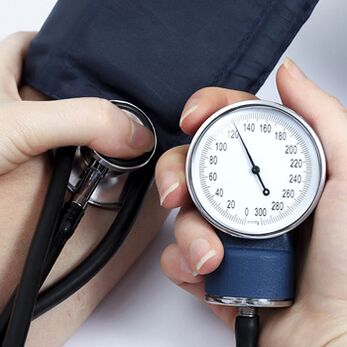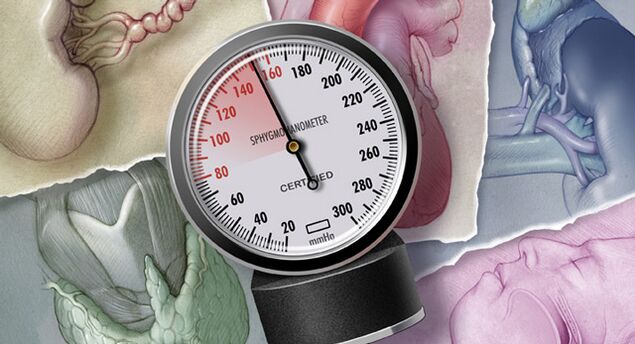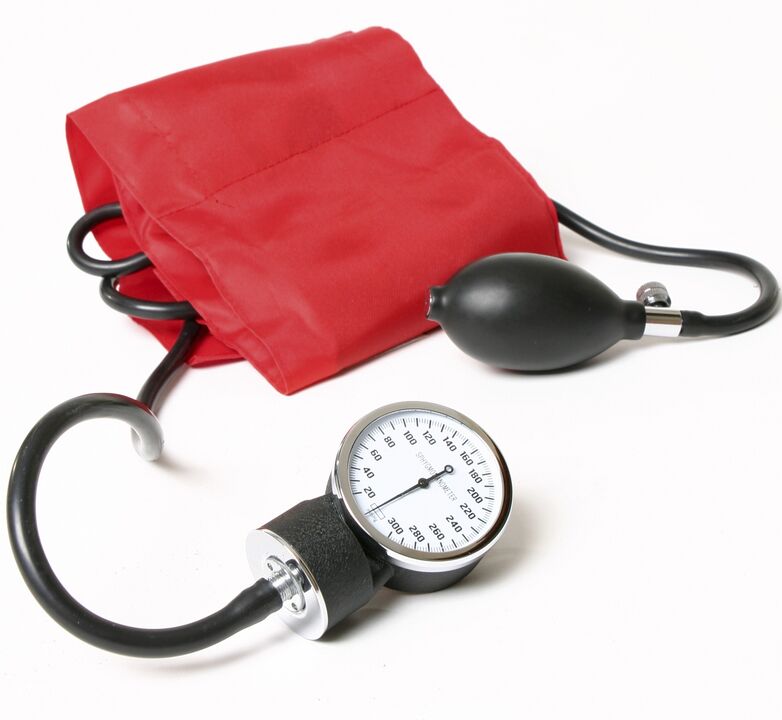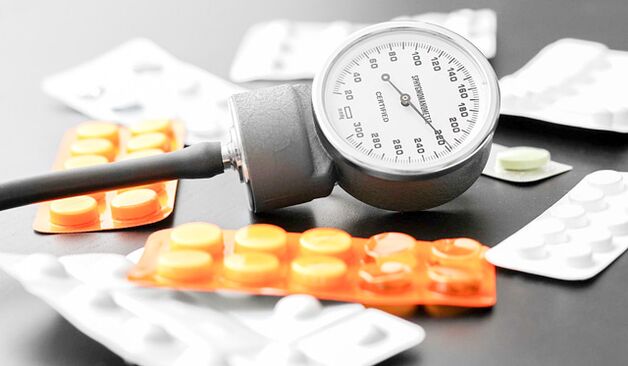
Close attention to the problem of arterial hypertension is caused not so much by its clinical manifestations as by complications in the form of acute vascular disease in the brain, heart, and kidneys. Prevention is the primary goal of treatment to maintain normotensive blood pressure (BP).
Causes and risk factors of high blood pressure

- smokes;
- Too much salt in food and too much fluid intake;
- insufficient physical activity;
- Abuse of alcohol;
- Overweight and fat metabolism disorders;
- Chronic psycho-emotional and physical overload.
Classification of arterial hypertension and determination of risk levels
Classification of hypertension involves determining the stage, extent of the disease, and level of risk for vascular accidents.
- In the preclinical phase, there are no signs of hypertension and the patient is unaware of the elevated blood pressure;
- In the first stage of hypertension, when pressure rises, a crisis may occur without evidence of target organ damage;
- The second stage is accompanied by damage to target organs - myocardial hypertrophy, significant changes in the retina of the eyes, and kidney damage;
- In the third stage, stroke, myocardial ischemia, visual pathology, macrovascular changes (aortic aneurysm, atherosclerosis) may occur.
High blood pressure

- Stage 1 hypertension (stage 1 of HTN or AH in diagnosis) is an elevated pressure in the range of 140-159/90-99 mmHg. Art.
- Stage 2 headache is associated with numbers 160-179/100-109 mm Hg. Art.
- Stage 3 hypertension is 180/100 mmHg. Art. and higher.
The most accurate diagnosis of the degree of hypertension is possible when the disease is first diagnosed, treatment has not yet begun, and the patient is not taking any antihypertensive medications. During treatment, these numbers decrease, and when treatment is stopped, on the contrary, they increase sharply, so it is no longer possible to fully assess their extent.
Diagnostic risk concept
- The patient's age is over 55 years old for men and over 65 years old for women;
- smokes;
- Lipid metabolism disorder (excessive cholesterol, low-density lipoprotein, and reduced high-density lipoprotein);
- Presence of cardiovascular pathology in blood relatives in the family with females and males younger than 65 and 55 years respectively;
- Overweight, with abdominal circumference exceeding 102 cm for men and 88 cm for women.
Therefore, the reader may understand how to independently determine the extent of a headache. It's not difficult, you just need to measure the pressure. Next, you can consider whether certain risk factors are present, taking into account age, gender, laboratory parameters, ECG data, ultrasound, etc. Generally speaking, everything listed above.
| risk factors | BP 130-139/85-89, risk | National Standard (AH) 1. Risk | National Standard 2. Risk | National Standard 3. Risk |
|---|---|---|---|---|
| not any | 1 | 2 | 3 | |
| 1-2 | 1 | 2 | 2 | 4 |
| More than three factors/target impairment/diabetes | 3 | 3 | 3 | 4 |
| Related pathology | 4 | 4 | 4 | 4 |
Headache manifestations and complications

- Severe headache;
- Noise, ringing in the head or ears;
- Darkening of eyes;
- Pain in the heart area;
- Difficulty breathing;
- facial congestion;
- Feelings of excitement and fear.
- Bleeding or cerebral infarction;
- Acute hypertensive encephalopathy, possibly accompanied by cerebral edema;
- Pulmonary Edema;
- acute renal failure;
- heart attack.
How to measure blood pressure correctly?

Treatment of high blood pressure
To correct hypertension, treatment regimens including drugs from different groups and with different mechanisms of action have been developed. TheirCombination and dosage are chosen individually by the doctorConsider the stage of hypertension, concomitant pathology, and response to specific medications. After a diagnosis of high blood pressure, and before starting drug treatment, your doctor will recommend non-pharmacological measures to significantly increase the effectiveness of the medications, sometimes allowing you to reduce the dosage of your medications or at least give up some of them.

- diuretics;
- Angiotensin II receptor antagonist;
- angiotensin-converting enzyme inhibitors;
- Adrenergic blocking agents;
- Calcium channel blockers.
When treating high blood pressure, you must not only choose an effective treatment plan, but also take medications for a long time, or even for life. Many patients believe that treatment can be stopped when stress reaches normal levels, but they do not start taking medications until a crisis occurs. It is known that unsystematic use of antihypertensive drugs is even more harmful to health than no treatment at all. Therefore, informing patients about the duration of treatment is one of the important tasks of doctors.



























